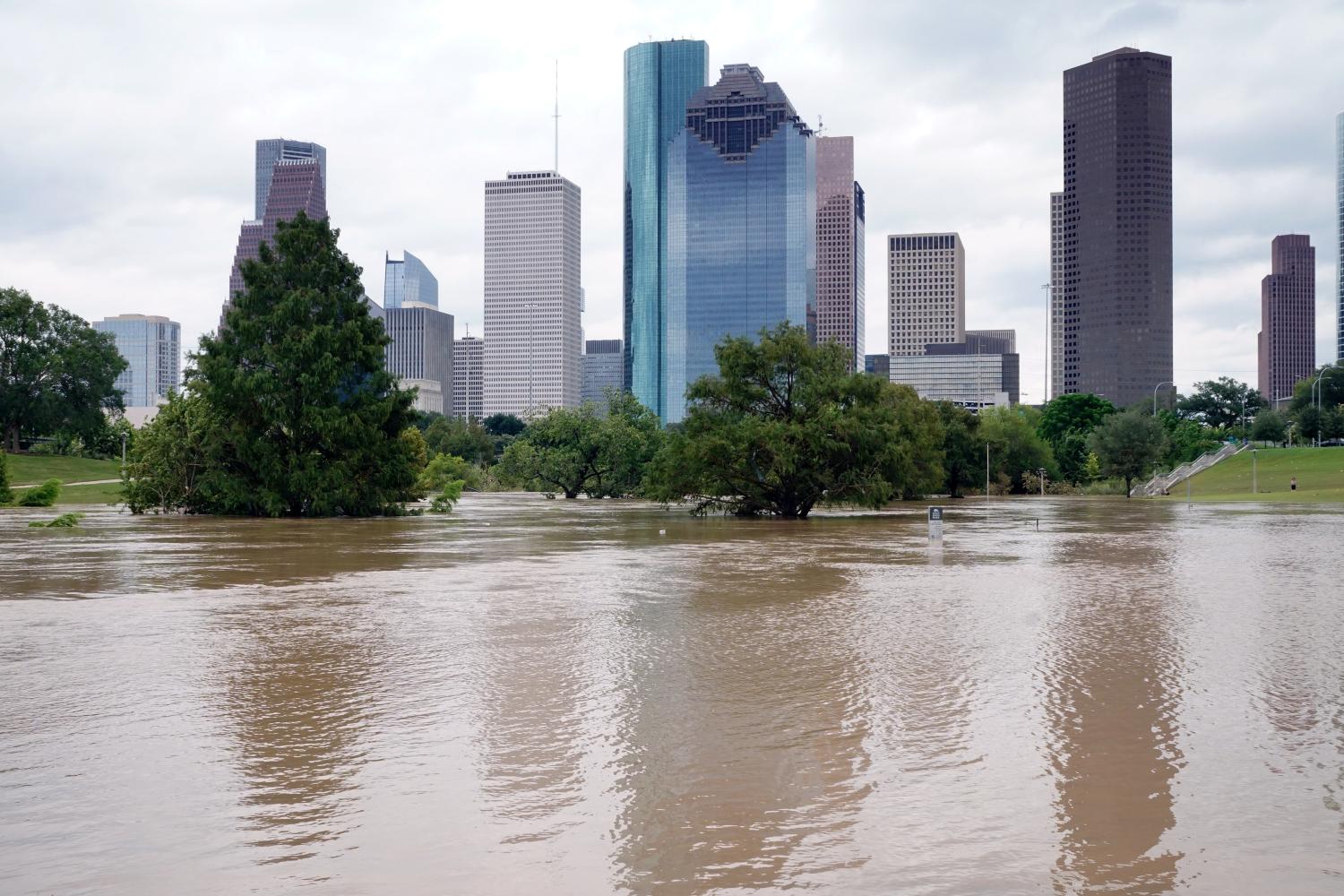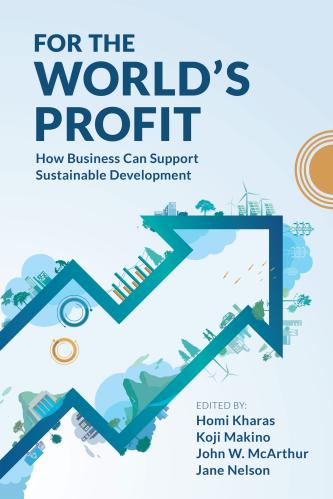This is a Brookings Center on Regulation and Markets working paper.
Executive Summary
As the climate crisis worsens, it will bring substantial risk to businesses’ assets and operations. Many firms have yet to implement a comprehensive framework and take company-specific, preventative measures to protect themselves. With threats ranging from increasing environmental hazards for workers to supply chain disruptions resulting from sporadic inclement weather to production shortages due to decreased resource availability, businesses will likely face a wide range of climate-related challenges and need to be prepared.
In this paper, we propose a novel managerial framework for businesses that will help them address many of these threats and fully integrate proactive steps into their operations model. This “Climate Risk Planning” framework includes:
- Identifying the risks associated with climate change
- Assessing the climate risk impacts on the strategic objectives of the firm
- Integrating the risk assessment findings into strategic decision making
- Implementing measures to mitigate the risks and exploit new opportunities
Additionally, we illustrate both the theoretical foundations of each of these components of the framework as well as examples of firms from various sectors—including manufacturing, energy production, and natural resource extraction—that have successfully implemented these steps. We also illustrate how companies can utilize strategic decisionmaking tools to implement the framework, and, in turn, how a firm’s financial returns can be not only protected from but better adapted to climatic events and their inherently volatile effects.

 Download the full working paper here.
Download the full working paper here.
The Brookings Institution is financed through the support of a diverse array of foundations, corporations, governments, individuals, as well as an endowment. A list of donors can be found in our annual reports published online here. The findings, interpretations, and conclusions in this report are solely those of its author(s) and are not influenced by any donation.
The Brookings Institution is committed to quality, independence, and impact.
We are supported by a diverse array of funders. In line with our values and policies, each Brookings publication represents the sole views of its author(s).






